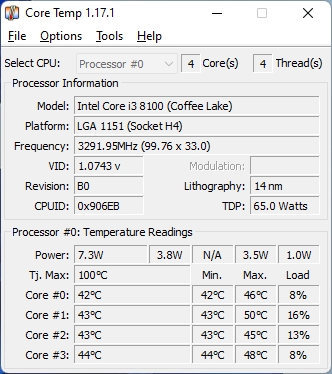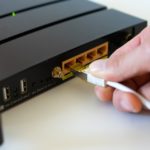CPU spikes are a common occurrence in many computer systems. When they occur, it can be difficult to tell the cause of them. There are a number of possibilities for what could have caused the spike, and these will need to be narrowed down before any further steps can be taken. The following is a list of some possible causes:

Table of Contents
Malware or Spyware
A common cause of CPU spikes due to external sources comes from malware or spyware running on your system. Even though many forms of malware are designed to go unnoticed, their presence still affects the performance of your computer.
Malware can interfere with other applications and services you may be using by slowing them down or crashing them entirely. Since this form of interference is so widespread, it should be one of the first things considered when troubleshooting CPU issues.
Incompatible Hardware or Software Installed
Another possible cause for CPU spikes could be incompatible hardware or software installed on the system. While some components that work together well will not cause any problems at all, others can conflict with each other and cause system wide instability.
If there are multiple conflicting components or multiple conflicting aspects of the same component, this can make troubleshooting a huge headache.
Bug in Application
A computer bug in an application can cause a CPU spike if it’s not coded to handle the situation. For example, when a program crash or freeze occurs, any other services running will be affected – even if they’re not related to the buggy application at all!
This type of interference can manifest itself as “load” during normal use that then spikes when triggered by certain events or conditions, such as opening a browser window or starting an instance of Adobe Photoshop.
Broken Heat Sink Makes Contact with Processor
Another possible cause for CPU spikes comes from a broken heat sink making physical contact with the processor. This can cause problems that manifest as high heat levels or even burnout of the CPU itself, depending on how long it is exposed to this type of injury.
If a heat sink doens’t work properly for any reason, it leaves the processor open to excessive heat which can cause problems for many components.
Power Supply Does Not Have Sufficient Power
An overworked power supply unit would provide insufficient voltage to either the memory or the processor, which will cause a spike in usage until a sufficient amount of voltage is produced. This form of interference may be noticeable only during startup before other services have been initialized and stabilized enough for user activity.
Operating System Issue
When an operating system starts up, it request more power than what’s available from the power supply. This can cause a spike in usage before other services have been initialized and stabilized enough for user activity.
You can try upgrading the operating system to resolve the issue, or use a tool like CPU-Z to monitor your hardware for any irregularities.
Malicious Code Target a CPU Core
Malicious code written specifically to target a certain core of the processor and interfere with its operation is another possible cause of CPU spikes. This type of interference usually manifests itself as “load” during normal use that then spikes when triggered by certain events or conditions, such as opening a browser window or starting an instance of Adobe Photoshop.
Conclusion
These are only some of the most common causes of CPU spikes. They may vary depending on what type of system you’re using, as well as what types of software and hardware you have installed.
However, each of these causes has something in common: they all can be fixed! Troubleshooting a computer without knowing the root cause is nearly impossible, so if you want to resolve your issues for good you’ll need to narrow down the exact reason.





